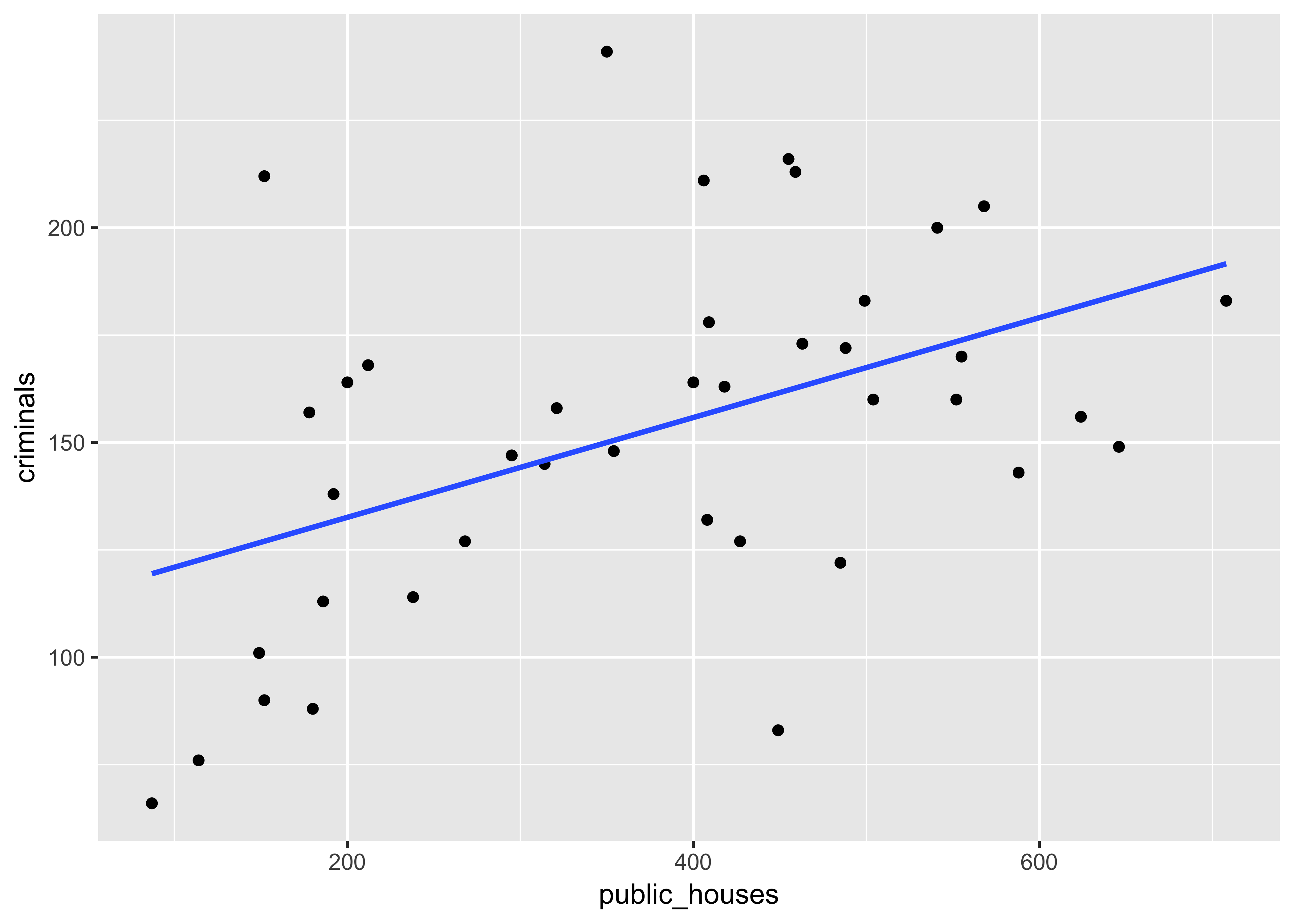

The expected results are the count, mean, and sd for each group. Each group is showing the overall mean and sd for the whole column rather than each group. The count appears to work showing a count of 5 for each group. It returns one row for each combination of grouping variables if there are no grouping variables, the output will have a single row summarising all observations in the input. A useful dplyr function for calculating summary statistics is summarize, where the first.
#Dplyr summarize all columns code
Here is the code that I used to create the data set and the dplyr group_by / summarize. Summarise each group down to one row Source: R/summarise.R summarise () creates a new data frame. Not all columns in a data frame need to be of the same type. Also, I tried restarting R and I made sure that I am not using plyr. I have also read through all of the recommended posts that Stack Overflow offered prior to posting. All results seem to offer a similar syntax to the one I am using. To try to resolve the issue, I have conducted multiple internet searches. summariseat() and mutateat() allow you to select columns using the. The count works but rather than provide the mean and sd for each group, I receive the overall mean and sd next to each group. summariseall() and mutateall() apply the functions to all (non-grouping) columns. I am trying to use dplyr to group_by var2 (A, B, and C) then count, and summarize the var1 by mean and sd. The var2 column is comprised of factors with 3 levels - A, B, and C. The var1 column is comprised of num values. I have a small data set comprised of 2 columns - var1 and var2. The basic syntax is given below: summariseif(.tbl. # If you want to apply multiple transformations, pass a list of # functions.I am fairly new to R and even newer to dplyr. If you want to summarize only certain columns, use the summariseat or summariseif functions. Summarise(across(where( is.numeric ), ~ mean(.x, na.rm = TRUE ))) Summarizing multiple columns summariseat() allows us to select the columns on which to operate using an additional vars() argument. I want to remove the lower test score (grouped by studentid and testname) but I want to keep all of the other variables that I don't need to group by.
#Dplyr summarize all columns how to
These functions solved a pressing need and are used by many people, but are now superseded. summarise (max) but keep all columns tidyverse uvapnut February 11, 2020, 5:48pm 1 I am a total beginner, and struggling to understand how to format the code to do what I want.

Summarise_if( is.numeric, mean, na.rm = TRUE ) Prior versions of dplyr allowed you to apply a function to multiple columns in a different way: using functions with if, at, and all() suffixes. Here we apply mean() to the numeric columns: starwars %>% # The _if() variants apply a predicate function (a function that # returns TRUE or FALSE) to determine the relevant subset of # columns.

Summarise(across(height:mass, ~ mean(.x, na.rm = TRUE ))) Summarise_at(vars(height:mass), mean, na.rm = TRUE ) # You can also supply selection helpers to _at() functions but you have # to quote them with vars(): starwars %>% # -> starwars %>% summarise(across( c ( "height", "mass" ), ~ mean(.x, na.rm = TRUE ))) Summarise_at( c ( "height", "mass" ), mean, na.rm = TRUE ) # The _at() variants directly support strings: starwars %>% Name collisions in the new columns are disambiguated using a unique suffix. vars is named, a new column by that name will be created. dplyr summarize by string Ask Question 2 I have a dataframe that has numeric and string values, for example: mydf <- ame (id c (1, 2, 1, 2, 3, 4), value c (32, 12, 43, 6, 50, 20), text c ('A', 'B', 'A', 'B', 'C', 'D')) The value of id variable always corresponds to text variable, e.g., id 1 will always be text 'A'. Similarly, vars() accepts named and unnamed arguments. The scoped variants of summarise() make it easy to apply the same transformation to multiple variables.

If a function is unnamed and the name cannot be derived automatically, funs argument can be a named or unnamed list. The names of the functions are used to name the new columns Ĭoncatenating the names of the input variables and the names of theįunctions, separated with an underscore "_". vars is of the form vars(a_single_column)) and. The names of the input variables are used to name the new columns įor _at functions, if there is only one unnamed variable (i.e., If there is only one unnamed function (i.e. Input variables and the names of the functions. The names of the new columns are derived from the names of the


 0 kommentar(er)
0 kommentar(er)
